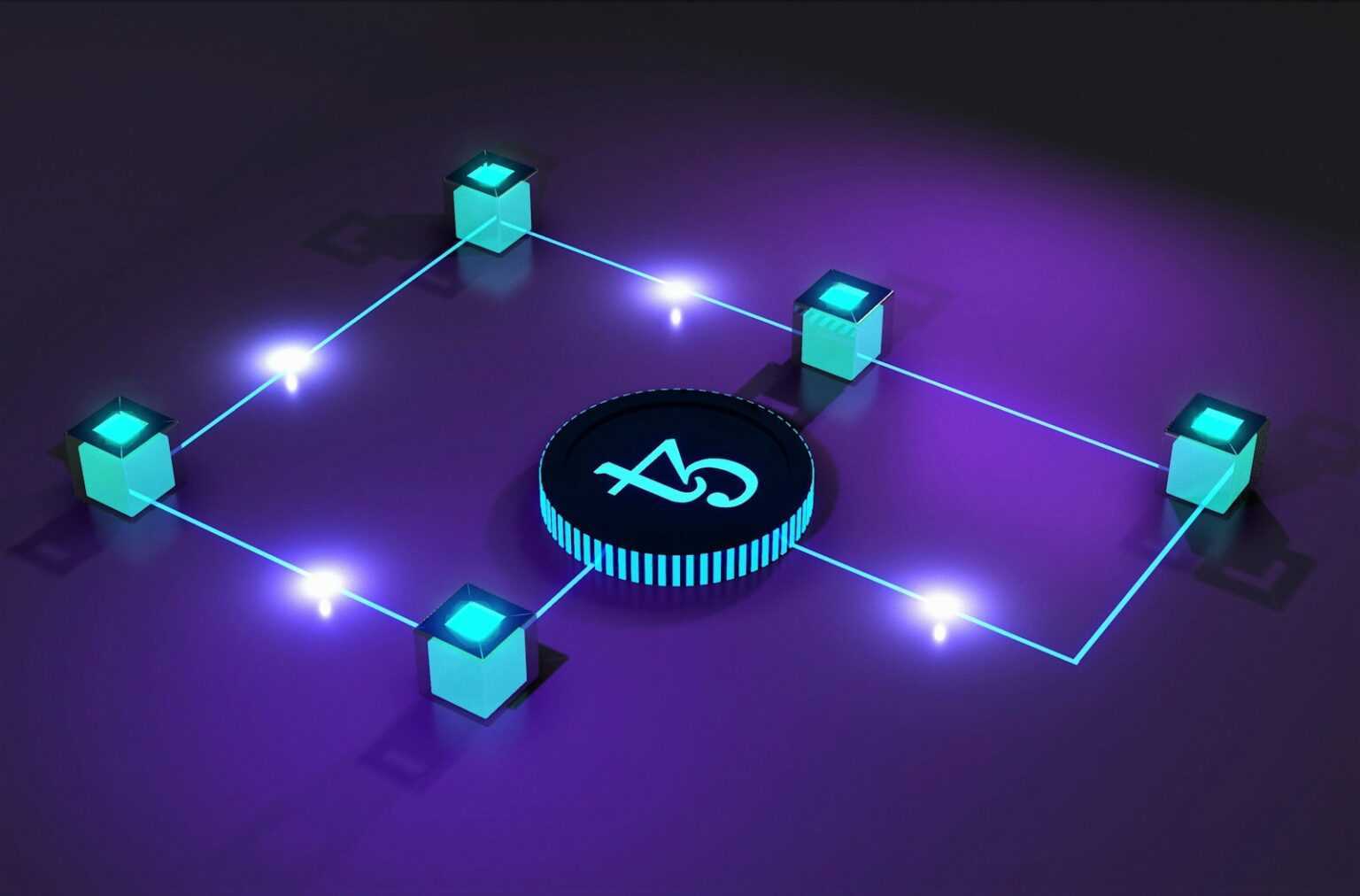Implementing off-chain mechanisms significantly elevates transaction speed while reducing the overall cost burden on primary ledgers. By processing interactions outside the main network, these approaches prevent congestion and maintain data integrity through periodic commitments to the base layer. This balance preserves security without compromising performance.
Contemporary designs leverage efficient cryptographic proofs and bundling techniques to increase operational throughput by several orders of magnitude. For example, rollup frameworks aggregate multiple operations into a single proof, minimizing on-chain verification overhead. Such architectures demonstrate up to 100x improvements in transaction capacity compared to native consensus protocols.
Evaluating efficiency gains requires analyzing trade-offs between latency, finality, and economic expenditure. Offloading computational complexity enables near-instant confirmations with reduced fees, fostering broader adoption of decentralized applications. These advancements form a critical part of ongoing experimental efforts aimed at optimizing distributed ledger scalability through innovative architectural models.
Layer 2 solutions: blockchain scaling technologies
To enhance transaction throughput without compromising security, off-chain frameworks execute operations outside the main chain, significantly improving efficiency. By aggregating multiple transfers into single commitments submitted on-chain, these methods reduce network congestion and minimize costs per transaction. A prominent example is the rollup mechanism, which batches hundreds of transactions before anchoring their combined proof to the base ledger.
Speed gains arise from reducing on-chain data requirements and enabling parallel processing of interactions. State channels exemplify this approach by allowing participants to exchange numerous signed messages off-chain, only broadcasting final outcomes on the primary network. This drastically decreases confirmation times while preserving trustlessness through cryptographic guarantees.
Experimental Insights into Off-Chain Aggregation
Exploring optimistic rollups reveals how fraud proofs validate transaction correctness without immediate verification, deferring computation to dispute periods. This trade-off balances rapid inclusion with eventual certainty, inviting questions about latency tolerances in different use cases. Implementing zk-rollups introduces zero-knowledge proofs that instantly verify batched computations, enhancing both privacy and speed but requiring substantial initial setup and computational resources.
- State Channels: Enable near-instant microtransactions with minimal fees by maintaining off-ledger state between users until settlement.
- Plasma Chains: Create child ledgers anchored periodically to the main network, allowing for scalable asset transfers with exit mechanisms ensuring security.
- Rollups: Aggregate transaction data and proofs off-chain while committing succinct summaries on the primary ledger to optimize throughput.
The cost reduction achieved by these methods stems from decreased demand for block space and gas consumption. For instance, rollups can lower per-transaction fees by an order of magnitude compared to direct on-chain execution during peak activity. However, evaluating trade-offs related to finality delays and data availability remains critical when selecting appropriate designs for specific applications.
The interplay between throughput enhancement and security assurances invites ongoing experimentation. Researchers must measure parameters like latency under various load conditions or analyze economic incentives sustaining validator honesty in off-ledger environments. Practical investigations might involve deploying testnets that simulate real-world traffic patterns or comparing computational overheads of cryptographic proof generation versus traditional validation models.
This systematic inquiry into auxiliary networks encourages refinement of protocols tailored for distinct scenarios – from high-frequency trading requiring ultra-low latency to decentralized exchanges prioritizing auditability. By iteratively testing hypotheses around transaction batching strategies or challenge-response timings, practitioners can uncover optimal configurations balancing performance metrics with robustness in distributed consensus frameworks.
How Rollups Reduce Gas Costs
Rollups significantly lower transaction fees by moving the majority of computational and data storage tasks away from the main network, executing them off-chain. This approach minimizes the amount of data that must be directly written on the base ledger, thereby reducing congestion and lowering costs associated with each operation. By batching numerous transactions into a single compressed proof submitted on-chain, rollups optimize throughput and decrease gas consumption per transaction.
The mechanism involves aggregating multiple interactions off the primary network and generating succinct cryptographic proofs that attest to the validity of these operations. These proofs are then posted on the main chain in a compact form, enabling verification without re-executing all underlying computations. This method improves processing speed while maintaining security guarantees anchored in the foundational protocol.
Technical Breakdown of Cost Reduction via Rollups
Key to understanding how rollups reduce expenses is recognizing their ability to compress transaction data before submission. For instance, Optimistic Rollups assume correctness until proven otherwise, submitting batches of state transitions and allowing fraud proofs to challenge any discrepancies. This reduces redundant computation on every node, decreasing gas usage substantially compared to direct execution.
ZK-Rollups employ zero-knowledge proofs to validate entire blocks of transactions instantly. By verifying these succinct proofs on-chain instead of individual actions, they achieve both high throughput and low latency. Experimental results show that ZK-Rollups can cut gas fees by factors ranging from 10x to 100x, depending on network conditions and implementation specifics.
- Off-chain aggregation: Thousands of transfers bundled together reduce per-transaction overhead.
- Proof compression: Cryptographic summaries replace explicit execution traces.
- On-chain verification: Light validation processes consume minimal computational resources.
A comparative case study analyzing Ethereum reveals that average gas costs for simple token transfers drop from approximately 21,000 units on mainnet to under 2,000 units when processed through rollup frameworks such as Arbitrum or zkSync. These empirical observations confirm the efficiency gains achievable through this layered approach.
This reduction in expenses also correlates with enhanced throughput: rollup architectures increase transactional speed by processing many requests simultaneously off-chain before posting concise proofs on-chain. The resulting efficiency encourages broader participation in decentralized applications by making microtransactions economically viable.
A practical experimental approach for researchers involves deploying test contracts within various rollup environments and measuring gas consumption across standardized operations. Documenting differences between direct base-level executions versus aggregated proof submissions provides quantifiable insights into cost-saving mechanisms inherent in these secondary protocols. Such hands-on investigation supports deeper comprehension of how off-main-layer computation reshapes fee dynamics fundamentally.
State Channels Setup and Use
Initiating a state channel requires locking an initial amount of assets on the main network via a multi-signature contract, establishing a secure off-chain environment for multiple interactions. This setup significantly increases transactional speed by allowing participants to exchange signed messages without immediate on-chain confirmation, thus reducing network congestion and improving throughput. The process begins with both parties depositing funds into a shared address, which then serves as collateral for subsequent exchanges within the channel until closure.
The efficiency of this approach lies in its ability to minimize costs, as only two on-chain transactions are necessary: one to open and another to close the channel. Intermediate state updates occur off-network, verified cryptographically through exchanged signatures, ensuring trust without burdening the main ledger. For example, platforms like Raiden Network utilize such channels to facilitate rapid micropayments with minimal fees, illustrating practical applications that enhance transactional fluidity.
Operational Mechanisms and Practical Considerations
During channel operation, each state update reflects a mutually agreed-upon balance distribution encoded in signed messages. These incremental changes serve as experimental iterations refining asset distribution before final settlement on the primary ledger. To prevent dishonest behavior, participants can submit the latest valid state at any moment to enforce correctness. The challenge lies in synchronizing participant activity and managing timeouts effectively; improper coordination risks funds being locked or disputes unresolved.
- Step 1: Deposit assets into a smart contract acting as escrow.
- Step 2: Exchange off-network signed states representing incremental transaction history.
- Step 3: Submit final agreed-upon state for settlement or invoke dispute resolution if necessary.
This lifecycle demonstrates how off-network processing enhances performance metrics by circumventing frequent interaction with the base ledger.
The broader impact of such mechanisms extends to improving transactional throughput and lowering operational expenditure within distributed environments. By shifting repeated interactions away from persistent record-keeping systems, these designs elevate overall system responsiveness while preserving security guarantees inherent in cryptographic validation. Recent studies comparing payment networks confirm that channels reduce average settlement latency from minutes down to seconds under optimal conditions.
Plasma Chains Security Models
To ensure robust security within plasma chains, the primary approach involves leveraging the underlying consensus mechanism of the main network for validation and dispute resolution. This creates a trust-minimized environment where data availability and fraud proofs serve as critical pillars. The off-chain system batches transactions to increase throughput but periodically commits state roots on-chain, enabling users to challenge invalid states through cryptographic proofs.
The core principle behind this architecture is the ability to exit funds securely at any time by submitting proofs to the main ledger. This mechanism preserves asset safety against operator malfeasance or downtime, underpinning user confidence while maintaining operational speed and cost efficiency. However, it introduces challenges related to data availability–if transaction data is withheld, users may face difficulties in producing necessary exit proofs.
Security Mechanisms and Their Technical Foundations
Fraud proofs constitute a fundamental security layer within plasma systems. When a malicious block proposer attempts to submit an incorrect state transition, honest participants can generate cryptographic evidence that invalidates the fraudulent batch. This interactive verification process reduces reliance on continuous monitoring but requires timely response windows to prevent loss of funds.
- Data Availability Challenges: Without full access to transaction details, users cannot verify state correctness or produce fraud proofs effectively.
- Exit Procedures: Secure withdrawal protocols depend on submitting valid proof-of-non-inclusion or fraud evidence before finalization delays expire.
- Operator Incentives: Economic penalties for misbehavior incentivize honest participation but depend on effective enforcement via mainnet arbitration.
The use of optimistic verification models balances efficiency with security by assuming correctness unless proven otherwise. This design reduces computational overhead and accelerates throughput compared to fully on-chain validation but demands vigilant watchtowers or third-party observers willing to detect and report invalid activity promptly.
A case study involving implementations such as OMG Network demonstrates how these security mechanisms function in practice. By committing checkpoints periodically and allowing token holders or dedicated watchers to monitor operator behavior, they preserve asset integrity while achieving substantial gains in processing speed and lowering fees relative to direct base layer transactions.
The experimental aspect invites further exploration into hybrid models combining validity proofs with plasma concepts. Integrating zk-rollups’ succinct proof generation could address current limitations in data availability and challenge responsiveness, fostering more scalable yet secure off-chain environments suitable for diverse applications requiring reliable asset custody alongside rapid execution.
Sidechains Integration Methods
To improve transaction speed and reduce costs, integration of sidechains through pegged mechanisms provides a robust approach. This method uses two-way peg protocols allowing assets to move seamlessly between the main network and an auxiliary chain, maintaining security by anchoring checkpoints on the primary ledger. Such off-chain transfer techniques minimize congestion on the primary network while preserving trust assumptions, enabling rapid state updates without compromising decentralization.
Another significant approach involves federated bridges, where a consortium of validators manages asset transfers between environments. By distributing control across multiple entities, this model enhances fault tolerance and reduces single points of failure. Although it may introduce some latency compared to pure cryptographic proofs, the efficiency gains in throughput and lower operational fees offer practical advantages for applications requiring frequent interaction between chains.
Comparative Analysis of Integration Approaches
Examining state validation protocols reveals how different consensus verification methods affect efficiency. For instance, SPV (Simplified Payment Verification) proofs enable lightweight clients to verify transactions with minimal data, thus speeding up cross-network communication. In contrast, zk-rollup style proofs provide succinct cryptographic evidence that off-chain computations occurred correctly before finalizing results on the anchor chain. Both methods serve as foundational pillars in enhancing system responsiveness while managing cost overheads effectively.
The implementation of relay nodes represents a more decentralized but technically demanding option. These nodes continuously monitor events on connected networks and propagate relevant information, facilitating near real-time synchronization. Experimentation with relay designs shows a trade-off between increased speed and higher resource consumption at the node level. Careful parameter tuning is necessary to achieve optimal performance without sacrificing security guarantees or incurring prohibitive expenses.
Finally, hybrid models combining optimistic rollups with sidechain frameworks demonstrate promising scalability benefits. Optimistic mechanisms presume transaction validity by default and submit fraud proofs only when discrepancies arise. Coupled with sidechain environments optimized for specific workloads–such as complex smart contracts or micropayments–this synergy boosts throughput while keeping operational costs manageable. Researchers continue testing these integrations under diverse scenarios to refine protocol parameters and validate long-term stability.
Optimistic vs ZK Rollups: Analytical Conclusion
For projects prioritizing rapid throughput and minimal immediate cost, Optimistic rollups currently offer a practical off-chain computation approach that leverages dispute resolution to enhance speed and transactional capacity. Their architecture enables significant expansion beyond the main network’s native limitations by batching multiple operations before final verification. However, the latency introduced by challenge periods tempers real-time usability, especially in applications demanding instant finality.
Conversely, ZK rollups employ zero-knowledge proofs to validate state transitions with cryptographic certainty, delivering superior efficiency through near-instant settlement and drastically reduced on-chain footprint. Although generating these succinct proofs requires considerable computational resources, recent advancements in proof systems (e.g., PLONK, Halo 2) are steadily optimizing this overhead. This method excels in environments where security assurances and prompt confirmation outweigh raw throughput metrics.
Technical Synthesis and Forward Trajectories
- Speed: While Optimistic variants achieve high transaction rates via deferred verification, their multi-day challenge windows limit time-sensitive operations; ZK counterparts provide sub-minute finality due to succinct proof validation.
- Off-chain processing: Both approaches shift heavy computations away from the base layer, yet differ–Optimistic models depend on fraud proofs initiated reactively, whereas ZK systems proactively produce validity proofs embedded within each batch.
- Cost dynamics: Initial deployment of zero-knowledge circuits is resource-intensive but amortizes well over large volumes; Optimistic rollups boast lower upfront complexity but incur higher capital lockup risks during dispute phases.
- Scalability implications: ZK methods promise exponential scaling as proof generation improves, potentially enabling seamless integration with privacy-preserving protocols; Optimistic frameworks remain robust for generalized smart contract compatibility but face scaling ceilings due to challenge period constraints.
The ongoing refinement of cryptographic primitives alongside protocol optimizations will likely tilt adoption toward zero-knowledge-based constructions as computational efficiency improves. Nonetheless, projects emphasizing compatibility or constrained by present hardware may prefer optimistic methodologies in the near term. A hybridized ecosystem exploiting both paradigms’ strengths could emerge, balancing speed, cost-effectiveness, and security demands adaptively.
This comparative examination invites further empirical testing–deploying experimental contracts under varied load conditions–and encourages scrutiny of emerging proof architectures. Engaging directly with these mechanisms illuminates their nuanced trade-offs and equips developers to tailor off-main consensus expansions according to specific performance criteria. As these innovations mature, they will redefine practical throughput boundaries and transactional economics across decentralized networks globally.








